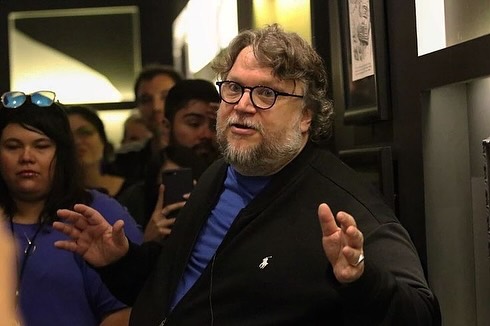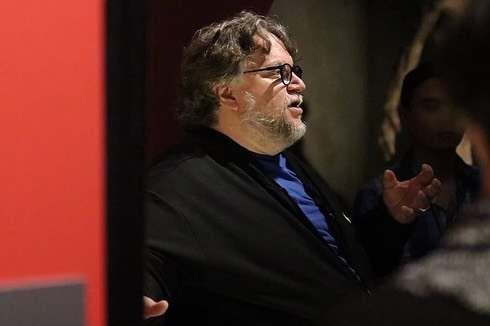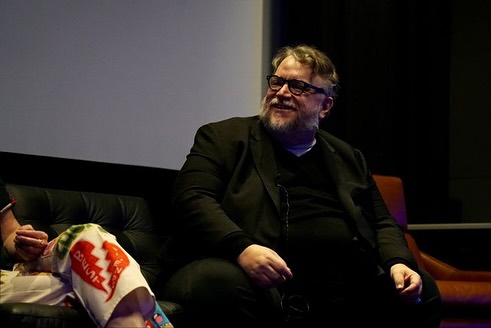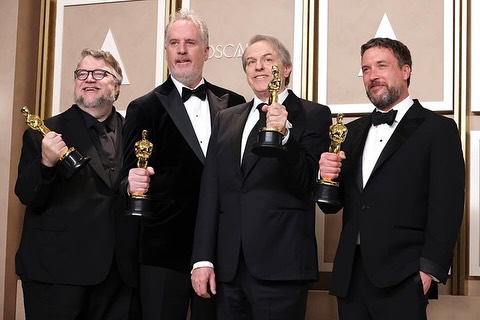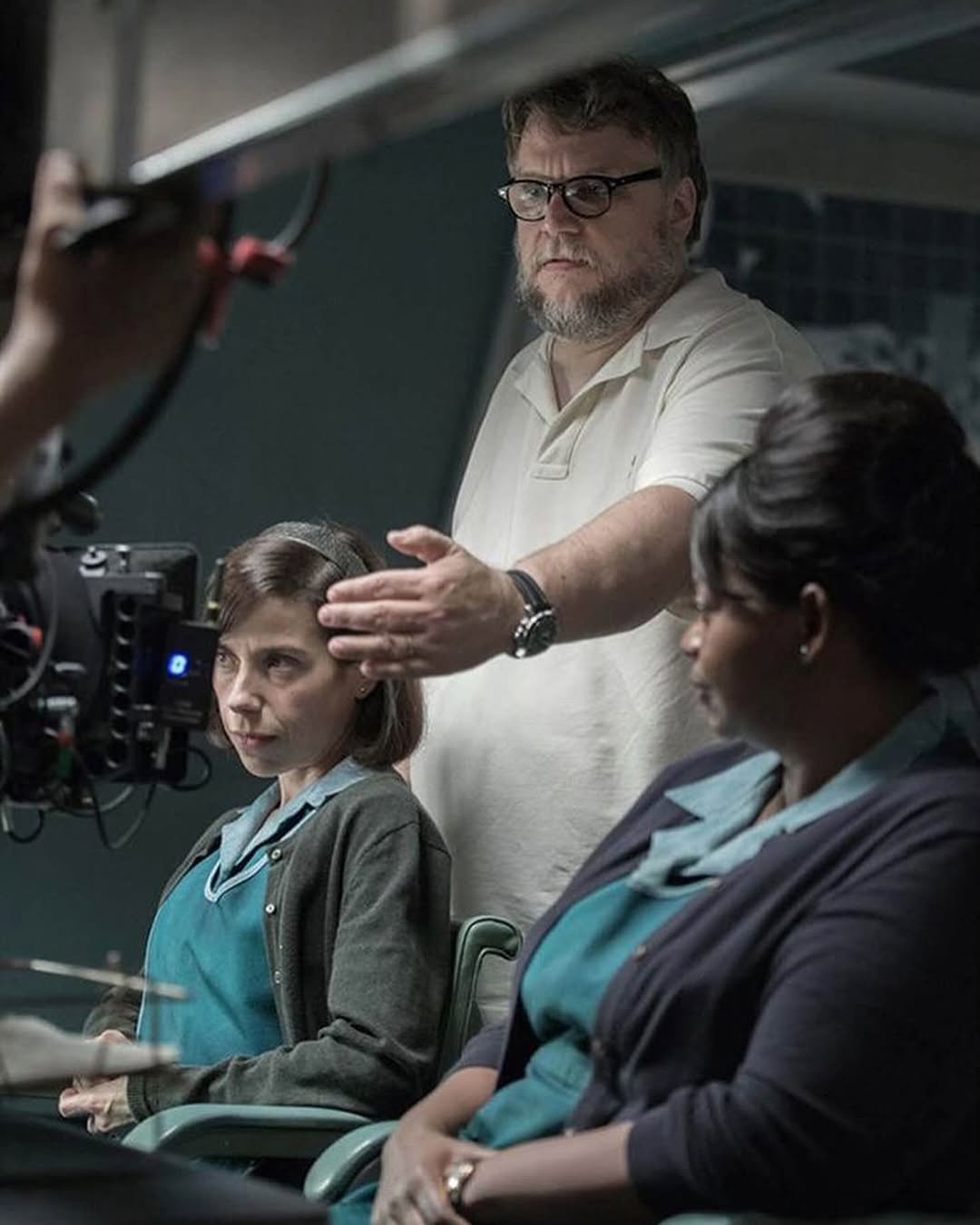When wildfires threatened Los Angeles earlier this year, Guillermo del Toro rushed back into danger to protect his vast collection of horror memorabilia. For decades, the acclaimed filmmaker has amassed thousands of items across his Bleak House properties, treating them not simply as curiosities but as cultural treasures. Yet his devotion has now led him to make a difficult decision: to part with some of his cherished possessions.
++ White House frustration grows over European role in Ukraine peace efforts
Del Toro has partnered with Heritage Auctions for a three-part sale, with the first stage opening for online bidding on 26 September. More than one hundred items will go under the hammer, ranging from concept sketches and film props from his own works to rare pieces by celebrated comic and fantasy artists. Future auctions are expected to follow next year. Speaking of the sale, the 60-year-old director admitted, “This one hurts. The next one, I’m going to be bleeding.”
The Mexican-born filmmaker, who has won international acclaim for films such as Pan’s Labyrinth and The Shape of Water, has long been the sole custodian of Bleak House. The collection spans three Santa Monica properties, curated into themed rooms filled with artefacts, drawings, sculptures and props. Del Toro likens its upkeep to caring for “160 unruly children”, requiring meticulous attention to temperature, light and preservation. For him, auctioning select items offers both peace of mind and a form of estate planning, ensuring they pass into the hands of collectors equally committed to safeguarding them.
++ Deadly elegance: the insect that looks like a flower but hunts like a predator
Among the highlights are Bernie Wrightson’s original illustrations for Mary Shelley’s Frankenstein, Mike Mignola’s artwork for Hellraiser, and rare animation material including images from the 1914 short film Gertie the Dinosaur. Bidding will range from several thousand pounds to six-figure sums, with one Wrightson piece carrying a starting price of $200,000 (£148,000). Del Toro has described the sale not merely as business, but as a “love letter to collectors”, reminding them that such artefacts are not just possessions but fragments of cultural history that must be preserved for generations to come.
